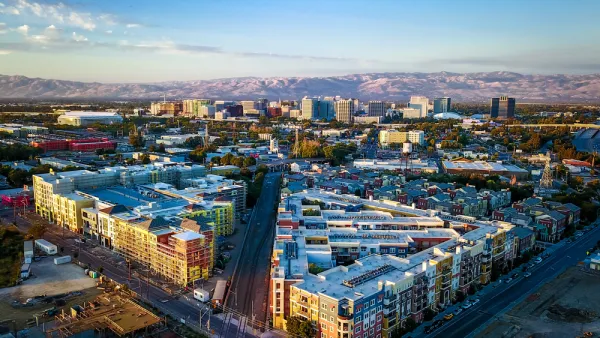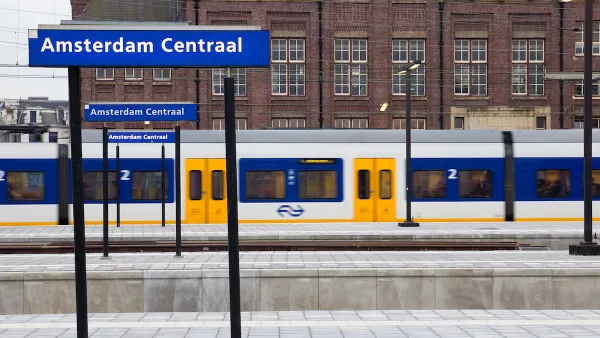Most North American urbanists turn to Europe for inspiration and direction. Some of that brilliance, Ben Brown reminds us, is due to time and distance.
"The places you’re visiting were working their way through human settlement and mobility successes and flops for a thousand or more years before automobiles entered the conversation. Amsterdam was already a mature, globally important city when America’s colonies of immigrants were struggling towards organizing themselves into an independent republic. Even the oldest American cities have spent at least a quarter of their histories planning for the care and feeding of cars."
“'Don’t you think,' she asked, 'it will take a few generations to reverse that?'”
"So time is a component we impatient Americans often fail to factor into our change equations. Here’s another one: Distance."
"The hassle-free hop from Amsterdam to Berlin reminded me how geographically compacted are Europe’s countries. Consider: There are fewer miles separating Paris, Berlin, Amsterdam, Zurich, Brussels or Luxembourg in Europe than New York City and Atlanta in our country. Yet until recently, the Europeans’ proximity didn’t prevent thousands of years of violent conflicts. And even now, the transition into a true European Union is an uneasy one."
FULL STORY: Euro-Envy Reconsidered: Talkin’ time, distance and change

National Parks Layoffs Will Cause Communities to Lose Billions
Thousands of essential park workers were laid off this week, just before the busy spring break season.

Retro-silient?: America’s First “Eco-burb,” The Woodlands Turns 50
A master-planned community north of Houston offers lessons on green infrastructure and resilient design, but falls short of its founder’s lofty affordability and walkability goals.

Delivering for America Plan Will Downgrade Mail Service in at Least 49.5 Percent of Zip Codes
Republican and Democrat lawmakers criticize the plan for its disproportionate negative impact on rural communities.

Test News Post 1
This is a summary

Test News Headline 46
Test for the image on the front page.

Balancing Bombs and Butterflies: How the National Guard Protects a Rare Species
The National Guard at Fort Indiantown Gap uses GIS technology and land management strategies to balance military training with conservation efforts, ensuring the survival of the rare eastern regal fritillary butterfly.
Urban Design for Planners 1: Software Tools
This six-course series explores essential urban design concepts using open source software and equips planners with the tools they need to participate fully in the urban design process.
Planning for Universal Design
Learn the tools for implementing Universal Design in planning regulations.
EMC Planning Group, Inc.
Planetizen
Planetizen
Mpact (formerly Rail~Volution)
Great Falls Development Authority, Inc.
HUDs Office of Policy Development and Research
NYU Wagner Graduate School of Public Service





























